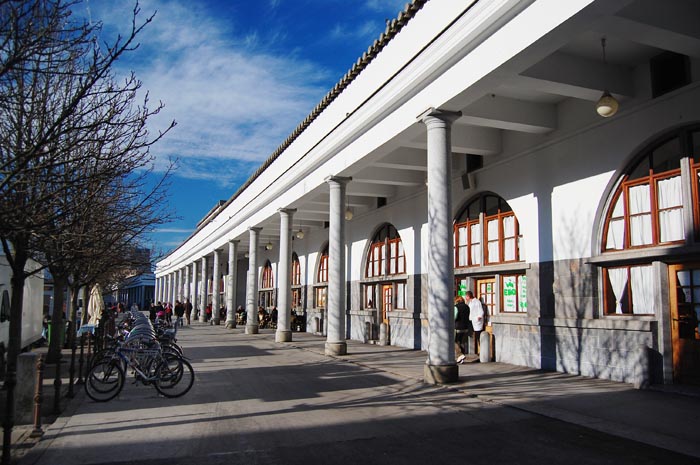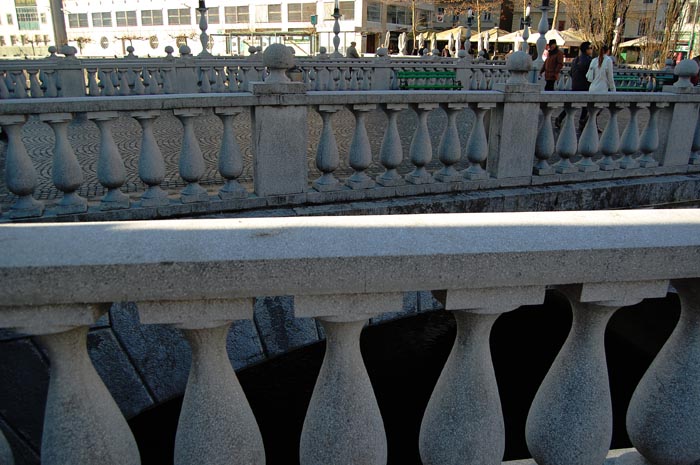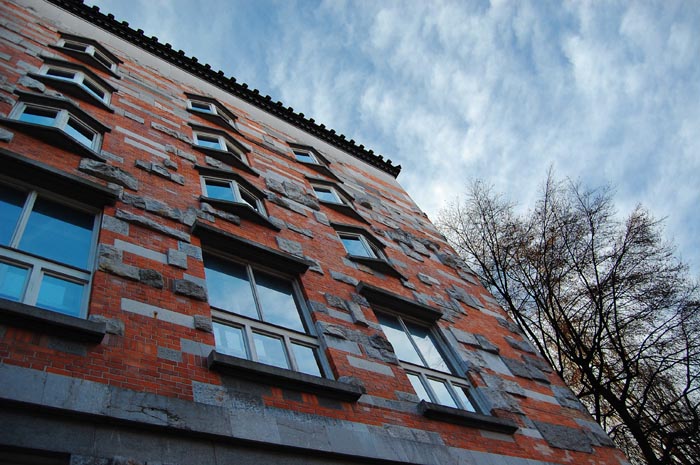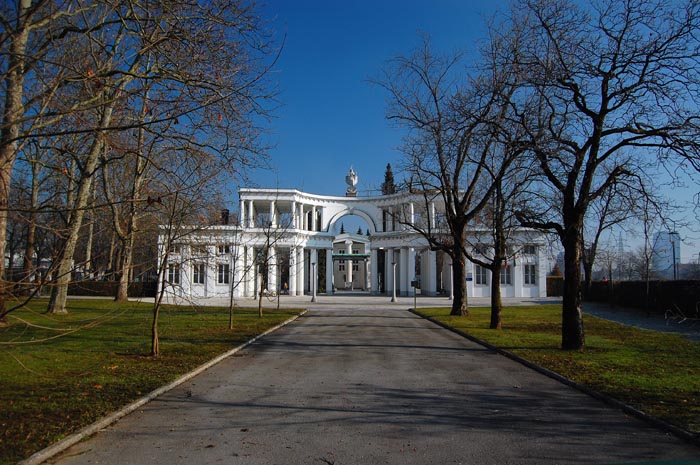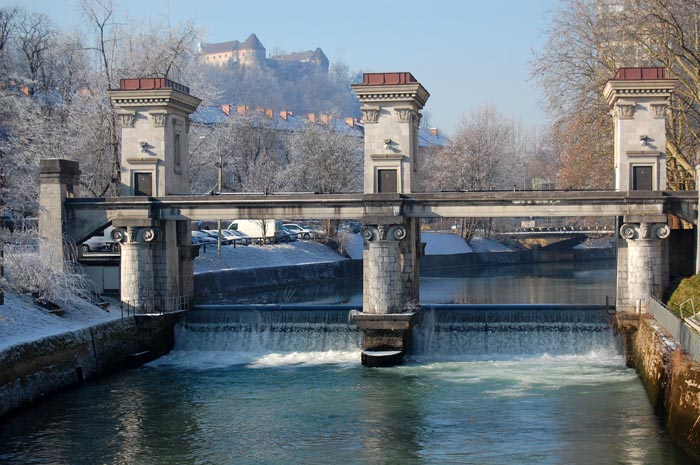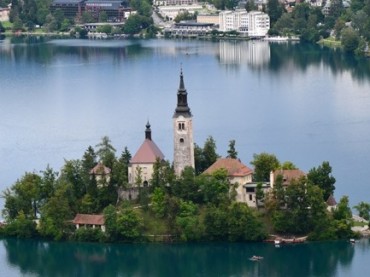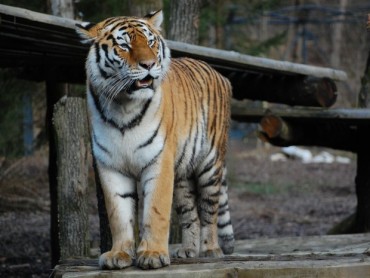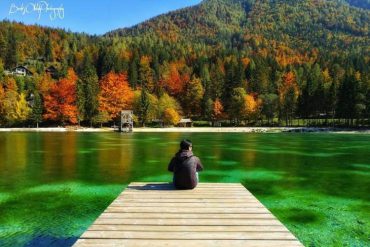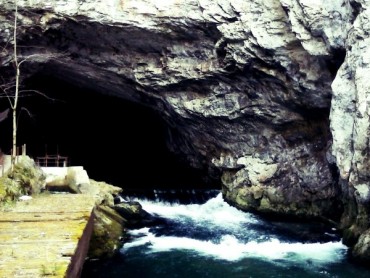What do Vienna, Prague and Ljubljana have in common, you ask? Okay, maybe you haven’t actually asked this particular question but let’s answer it anyway: They all boast work made by Slovenian architect Jože Plečnik. His work is commonly placed into three time periods: His rise to architect fame began in the Vienna period at the very start of the 20th century. Works in Vienna include the Zacherl House and The Church Of The Holy Spirit. In the second time period, the Prague one, Jože Plečnik designed the park of the presidential summer residence and the third courtyard of the Prague Castle, among other works. The final period of Plečnik’s work is Ljubljana, and it is a grand one. If you’ve ever read or merely glanced at a tourist guide on Ljubljana, or even if you’ve simply found yourself within a few feet of one, you’ve probably already heard that Ljubljana is oftentimes referred to as Plečnik’s Ljubljana. Now, he never owned Ljubljana nor did he father it but Jože Plečnik did build some major monuments in Ljubljana, work for which he is greatly celebrated to this day, and rightfully so.
What is there to see in Plečnik’s Ljubljana?
The Central Market Colonnade
The Ljubljana central market consists of an open air space and a two-storey market hall, which was designed by Jože Plečnik so as to overlook the river. On the other side, the one where the halls face the street, Plečnik built a colonnade. He planned on building another bridge across the Ljubljanica River, which would connect the market halls with the opposite riverbank. This bridge, however, was not made until only a few years ago but it does bear the name Jože Plečnik chose for it, The Butcher’s Bridge.
The Triple Bridge
The central bridge of the three that compose Jože Plečnik’s famous Triple Bridge has existed well before Plečnik’s time but this is of little importance when it was Plečnik who completely redesigned the original bridge, removed metal railings from it, and added the stone elements and what else? Oh yeah, added two more bridges to create what is today one of Ljubljana’s most unique landmarks. The bridge underwent a thorough renovation in 1992. It has been part of Ljubljana’s ever increasing pedestrian-only zone since 2007, with several benches having been added to the landmark.
The National And University Library Of Slovenia
Today one of the most important cultural and educational institutions in Slovenia, the National and University Library of Slovenia when originally planned and presented to the authorities in Belgrade met quite some reluctance on their part. After persistent strikes and rallies by students in Ljubljana the project was finally given a green light and was headed by none other than Ljubljana’s architect Jože Plečnik. The Roman town walls used to run alongside where the library stands today and so, Jože Plečnik, in honour of the wall, placed several statues of famous Slovenians in its place.
Today the library, commonly referred to as NUK by Slovenians (a name which really doesn’t work quite as well in English), boasts more than 1.3 million books, some 8.5 thousand manuscripts and several visual multimedia resources. Regular visitor hours are established, as well as some guided tours of the library, which take place every month.
Žale Cemetery
Cemeteries seem to always attract my attention to the point where I can say I downright love visiting them wherever I go. Although I’m not sure I would want to know exactly why that is, my fascination with cemeteries remains nonetheless. The Žale Cemetery is a response to the city’s need of a bigger and better burial ground right after World War I. Jože Plečnik was the one to design the central mortuary, a farewell complex, which includes the Garden Of All Saints, the cemetery’s main oratory and a mighty portal, meant to symbolize the divide between the town of the living and the town of the dead.
The River Barrier
Jože Plečnik wanted to build this barrier as a way of symbolizing the Ljubljanica River leaving the city. He matched the design of the barrier with two of his other designs, the nearby riverside parks, one on each side of the river. The barrier consists of three stone pillars with decorative elements near the tops. Each of these pillars has two designs: On the side that is looking toward the city centre, the tops consist of Doric columns, which are decorated with dragon heads. On the other side, the one facing away from the city core, the columns are made in the Ionic style and the decorative heads are human.
Križanke Outdoor Theatre
Today greatly appreciated by any festivalgoer who passes through Ljubljana, the Križanke outdoor theatre was built into a former monastery in the 1950s. Transforming the monastery into what it is today was one of Jože Plečnik’s last major contributions to the city. Events are scheduled regularly during the summer. In fact, the Križanke outdoor theatre is particularly active in the warmer months what with it having an open-air stage. It does, however, also have an indoor space, the Knight’s Hall. This hall is worth a visit even when there is no event taking place (perhaps especially then) because it boasts some of the most beautiful frescos found in Ljubljana.
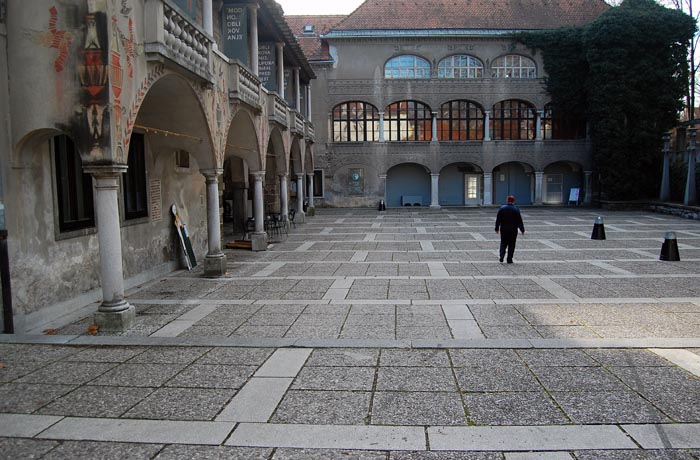
This courtyard is officially called The Courtyard Of Hell. Ah, if those monks and nuns could see their courtyard now…
These landmarks are by far not the ends of Jože Plečnik’s contribution to Ljubljana but they are some of the ones I found most interesting. His works are scattered all over the city and even to this day tend to stand out.
